Our homes are more than just brick and mortar. They are reflections of our growth, aspirations, and the echoing laughter of shared moments. But have you ever paused to consider how your living space, like you, embarks on its own transformative journey?
From the moment we move into a new home, its evolution begins. Research has shown that there is a symbiotic relationship between humans and their living spaces. As we change—in our careers, relationships, or personal growth—our homes mirror those changes, almost imperceptibly.
Have you ever noticed how a child's bedroom transforms over time? From pastel walls adorned with fairy tales to posters of teenage rebellion, and then perhaps to a serene office space. These rooms, much like us, wear many hats, reflecting our changing priorities and stages of life.
Our homes bear silent witness to our milestones. The scuff marks from when we tried (rather ambitiously) to move the couch by ourselves. Or the coffee stain that reminds us of late-night conversations with an old friend. According to psychologists, these imprints are not mere accidents or wear and tear. They are tactile memories, charting our life's journey.
As we journey through life, our homes become vessels for our memories, our growth, and our dreams. As you traverse through various life stages, your home must evolve to meet your changing needs. Here's how to ensure your home's design stays in sync with your life.
- Student and Solo Living: Maximizing Small Spaces

- Functionality First: Prioritize multipurpose furniture, like a bed with storage drawers or a dining table that doubles as a workspace.
- Vertical Storage: Use wall shelves and tall storage units to make the most of limited floor space.
- Couple's Retreat: Creating Shared Spaces
- Communication is Key: Discuss design preferences with your partner to blend styles harmoniously.
- Designated Spaces: Ensure both individuals have private spaces, even if it's just a dedicated drawer or shelf.
- Welcoming Children: Safety and Space

- Childproofing: Secure furniture to walls, use safety gates, and opt for rounded-edge furniture.
- Adaptable Furniture: Invest in pieces that grow with your child, like convertible cribs.
- Teenage Transition: Respectful Independence
- Personal Expression: Allow teens to have a say in the design of their rooms, respecting their preferences while setting boundaries.
- Study Spaces: Designate quiet areas equipped with adequate lighting and storage for books and tech gear.
- Empty Nesters: Reclaiming Your Space

- Repurpose Rooms: Transform a child's old room into a home office, gym, or hobby space.
- Downsize Thoughtfully: If considering a smaller home, choose a place that still welcomes family visits and reflects your personal style.
- Golden Years: Comfort and Accessibility
- Mobility Adaptations: Install grab bars in bathrooms, consider single-story living, and remove tripping hazards. Treat yourself to the reclining chair you’ve always wanted for laying back and watching documentaries.
- Easy Maintenance: Opt for materials and designs that are easy to clean and require less upkeep.
Equip yourself with tools like online design platforms, virtual reality previews, and apps that help visualize changes. Engage with design professionals or utilize DIY design workshops. Remember, changes don't have to be extensive; even small adaptations can make a significant difference.
Your home's design isn't static. Just as you grow and evolve, your living space should too. Embracing this evolution ensures your home remains a haven, aligned with every stage of your life journey. By anticipating changes and equipping yourself with the right tools, you can smoothly transition through each phase, ensuring your home remains both functional and a reflection of you.

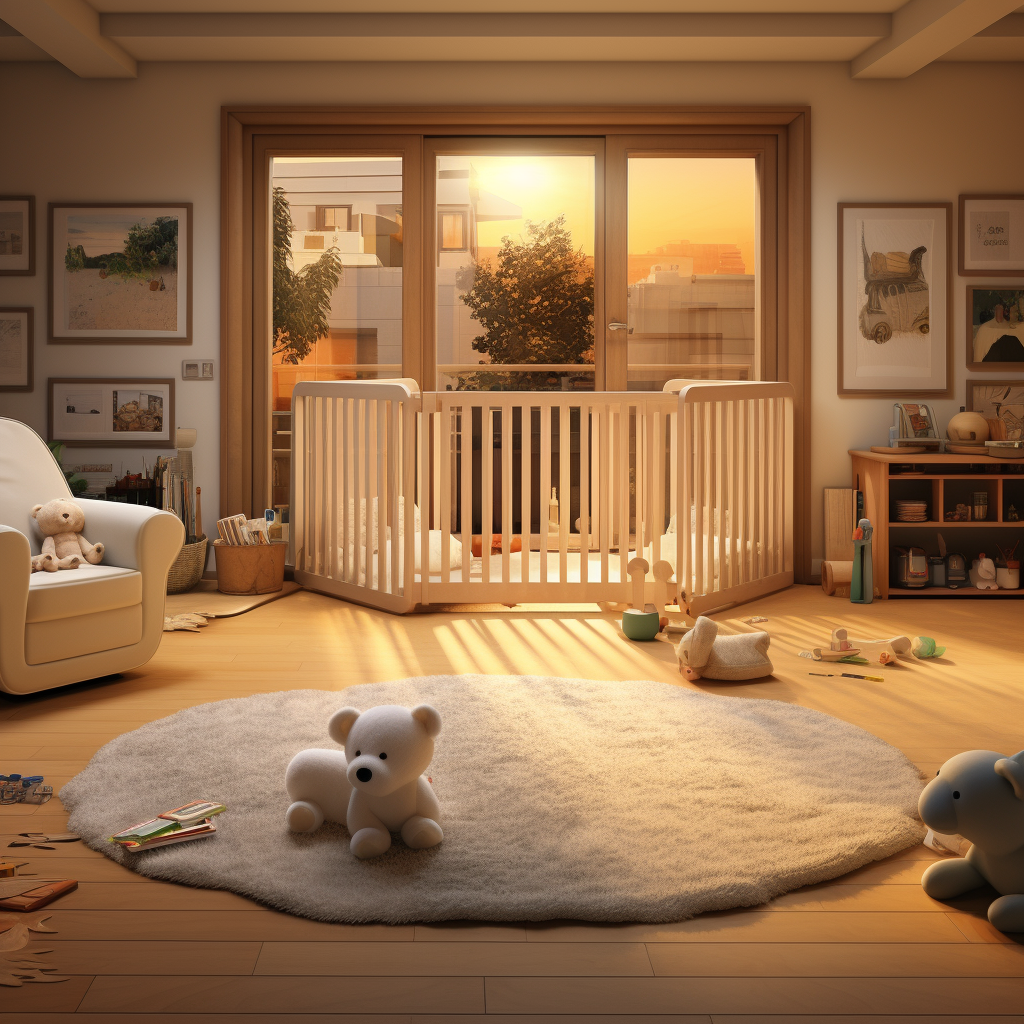
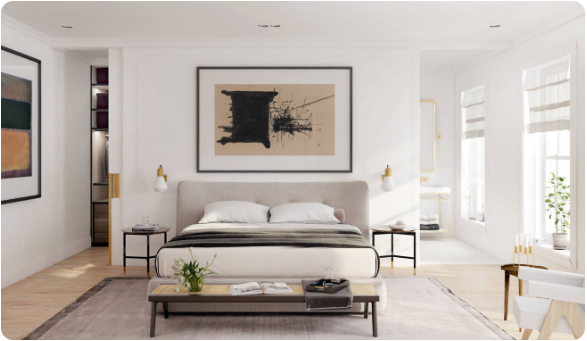
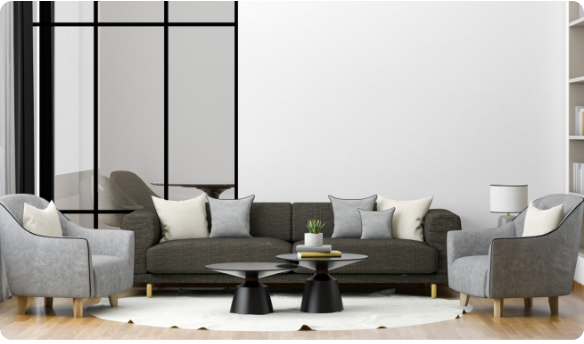

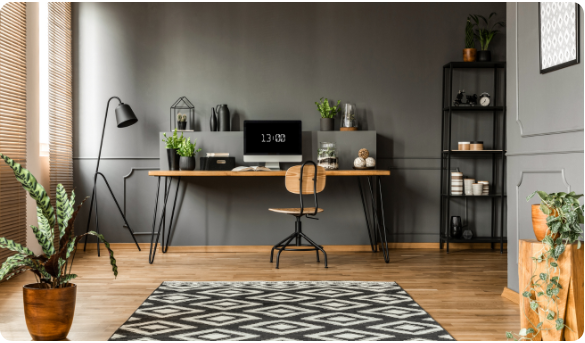
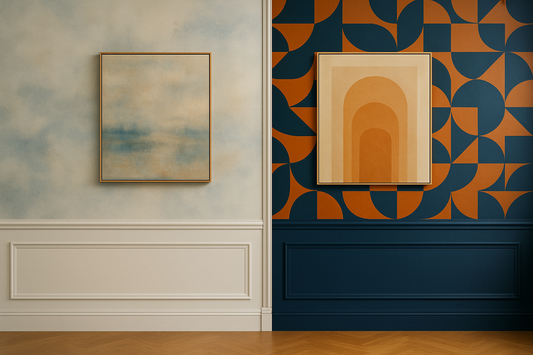
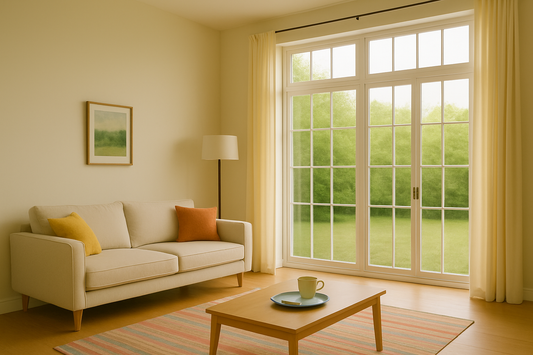
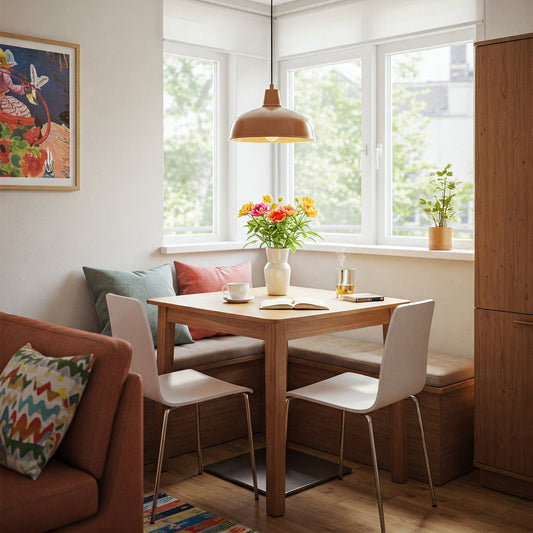
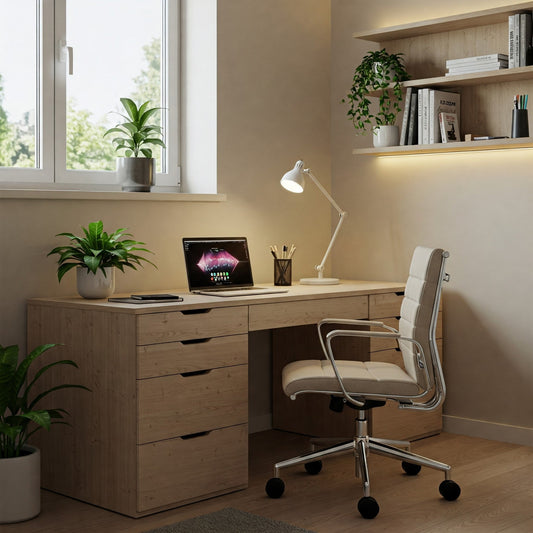





 Company
Company Customer Support
Customer Support SHIPPING INFO
SHIPPING INFO